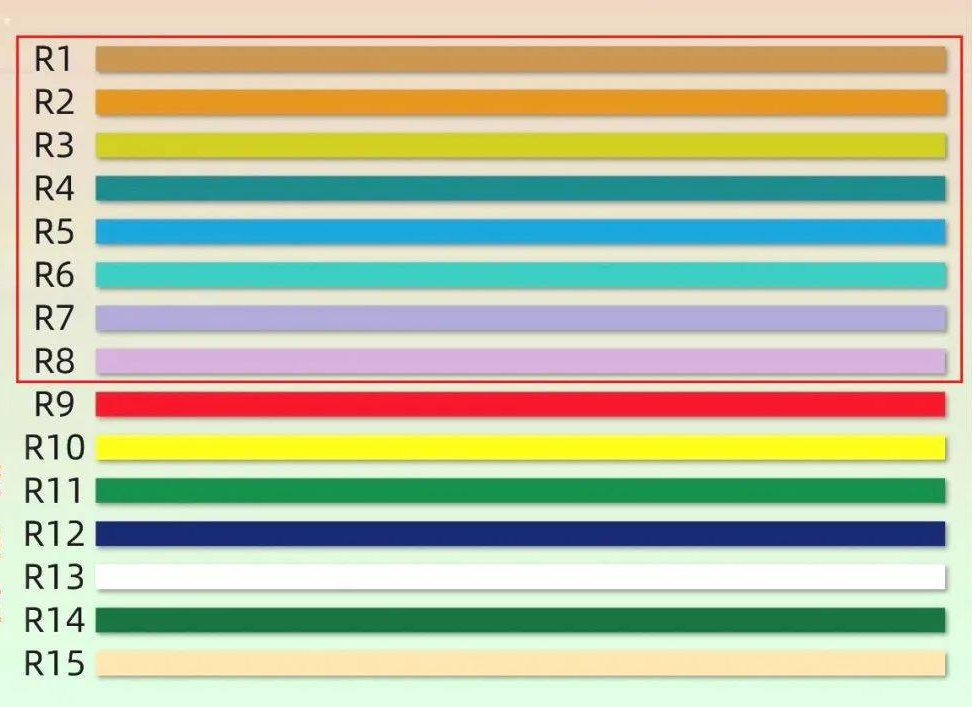Technology of Several Lamp Accessories Ⅰ
Views : 106
Author : Rise Lighting Amy
Update time : 2023-07-15 18:07:56
Electroplating process
As for plastic accessories, our common plastics include thermoplastic and thermosetting plastics, both of which can be electroplated. But different activation treatments are required, and there are significant differences in surface quality in the later stage. Generally, only ABS plastic parts are electroplated, and sometimes different plastic materials are used to achieve different activation requirements for electroplating. First, dual color injection molding is performed, and then electroplating treatment is carried out. This way, due to one plastic material being able to activate, while the other cannot activate, local plastics have electroplating effects, which can meet some design requirements of the designer. After the general process of electroplating ABS materials, a plastic electroplating layer mainly consists of the following layers.
The common plating layers after electroplating are mainly copper, nickel, and chromium metal deposition layers. Under ideal conditions, the total thickness of each layer is about 0.02mm. However, in our actual production, due to substrate and surface quality reasons, the thickness is usually much larger than this value. However, large electroplating factories can better meet this requirement.
Stamping process
Stamping is a forming and processing method that relies on a press and mold to apply external forces to plates, strips, pipes, and profiles, causing plastic deformation or separation, in order to obtain the required shape and size of workpieces (stamped parts). Stamping and forging belong to plastic processing (also known as pressure processing), collectively known as forging. The main raw materials for stamping are hot-rolled and cold-rolled steel plates and strips. 60% to 70% of the world's steel is made of sheet metal, most of which are finished products made by stamping. The ceiling panel, desk lamp base, lamp disc, lamp cup, bend, lamp housing, motor housing, and electrical iron core silicon steel sheet of the lamp are all stamped and processed. There are also a large number of stamping parts in products such as instruments and meters, household lighting appliances, outdoor lighting fixtures, office commercial lights, and household utensils lights. Compared with castings and forgings, stamped parts have the characteristics of being thin, uniform, light, and strong. Stamping can produce workpieces with reinforcing ribs, ribs, undulations, or flanges that are difficult to manufacture by other methods. Due to the use of precision molds, the workpiece accuracy can reach the micrometer level, with high repeatability and consistent specifications, and can be punched out with holes, protrusions, etc. Cold stamped parts generally do not undergo cutting or require only a small amount of cutting.
The precision and Surface states of hot stamping parts are lower than those of cold stamping parts, but they are still better than castings and forgings, and the amount of machining is less. Stamping is an efficient production method that uses composite molds, especially multi-station progressive molds, to complete multiple stamping processes on a single press, achieving fully automatic production from strip uncoiling, leveling, punching to forming and finishing. High production efficiency, good labor conditions, low production costs, usually producing hundreds of pieces per minute. Stamping can be classified into two categories according to process, namely separation process and forming process. The separation process, also known as punching, aims to separate the stamped part from the sheet metal along a certain contour line while ensuring the quality requirements of the separated section. The purpose of the forming process is to cause plastic deformation of the sheet material without damaging the raw material, and to produce the required shape and size of the workpiece.
 Why do full spectrum LED lights have high color rendering index?
Why do full spectrum LED lights have high color rendering index?